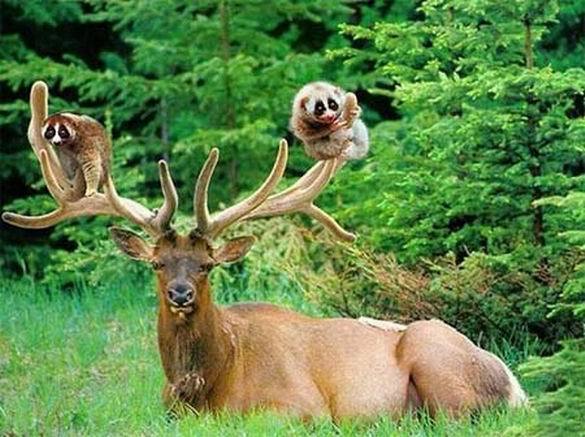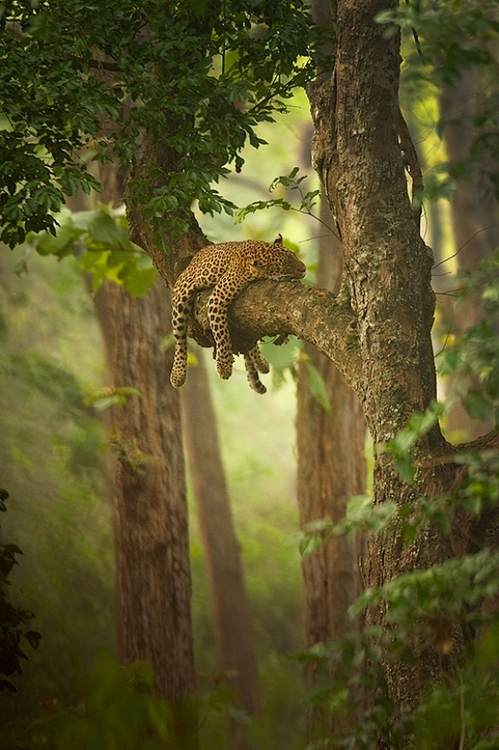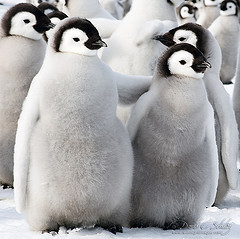The Gaia Hypothesis
 Here’s a brilliant article by a writer called Sean Chamberlin. The first part of the article is posted here and you can read the rest of it on the following site: http://www.bibliotecapleyades.net/gaia/esp_gaia01.htm
Here’s a brilliant article by a writer called Sean Chamberlin. The first part of the article is posted here and you can read the rest of it on the following site: http://www.bibliotecapleyades.net/gaia/esp_gaia01.htm
© 2012 — Stuart Wilde.
www.stuartwilde.com — All rights reserved.
The Gaia Hypothesis by Sean Chamberlin
The last half of this century witnessed incredible leaps in our understanding of planet Earth. Beyond the technological achievements, these decades have produced a substantial body of evidence in support of a revolutionary hypothesis, first posed by Alfred Wegener in the early 1900s, that the continents move around the planet, like ice cubes in a glass. The theory of plate tectonics, as it is now known, embodies a century or more of scientific research, bringing together the efforts of oceanographers, geophysicists, climatologists, palenotologists and more. It represents to my mind what the scientific method is all about and provides an awesome example of how science works.
Another example of how science works is a revolutionary hypothesis first proposed by an atmospheric chemist the the late 70s. This hypothesis, known as the Gaia Hypothesis, states that the Earth is alive. While perhaps agreeable to many an artistic or spiritual soul, the very statement of the hypothesis rankled some scientists. Still, two decades later, the Gaia Hypothesis is still with us.
Whether the Gaia Hypothesis will stand the test of time is uncertain. But its impact on how we think of our planet, how we view the processes that creates our atmosphere and climate and oceans and even the mountains, is unmistakable.
I think you will find it fascinating. Herein is described one of the more controversial scientific hypotheses of our time, the Gaia Hypothesis.
What is Gaia?
The Gaia Hypothesis proposes that our planet functions as a single organism that maintains conditions necessary for its survival. Formulated by James Lovelock in the mid-1960s and published in a book in 1979, this controversial idea has spawned several interesting ideas and many new areas of research. While this hypothesis is by no means substantiated, it provides many useful lessons about the interaction of physical, chemical, geological, and biological processes on Earth. Thus, it is a good starting point for our study of oceanography, providing a broad overview of the kinds of processes that will interest us throughout the semester.
Throughout history, the concept of Mother Earth has been a part of human culture in one form or another. Everybody has heard of Mother Earth, but have you ever stopped to think who (or what) Mother Earth is? Consider these explanations.
The Hopi name for Mother Earth is Tapuat (meaning mother and child), symbolized by a form of concentric circles or squares, as shown below. These forms symbolize the cycle of life, the rebirth of the spirit, its earthly path, and, possibly, its return to the spiritual domain. The lines and passages within the “maze” represent the universal plan of the Creator and the path that man must follow to seek enlightenment.
A more imposing definition of Mother Earth might be found in the Hindu goddess Kali. She is the Cosmic Power, representing all of the good and all of the bad in the Universe, combining the absolute power of destruction with the precious motherly gift of creation. It is said that Kali creates, preserves, destroys. Also known as the Black One, her name means “The Ferry across the Ocean of Existence.”
The ancient Greeks called their Earth goddess Ge or Gaia. Gaia embodies the idea of a Mother Earth, the source of the living and non-living entities that make up the Earth. Like Kali, Gaia was gentle, feminine and nurturing, but also ruthlessly cruel to any who crossed her. Note that the prefix “ge” in the words geology and geography is taken from the Greek root for Earth.
James Lovelock has taken the idea of Mother Earth one step further and given it a modern scientific twist. (Are our modern Mother Earth “hypotheses” any more refined than ancient Mother Earth myths?). Lovelock defines Gaia “as a complex entity involving the Earth’s biosphere, atmosphere, oceans, and soil; the totality constituting a feedback or cybernetic system which seeks an optimal physical and chemical environment for life on this planet.” Through Gaia, the Earth sustains a kind of homeostasis, the maintenance of relatively constant conditions.
The truly startling component of the Gaia hypothesis is the idea that the Earth is a single living entity. This idea is certainly not new. James Hutton (1726-1797), the father of geology, once described the Earth as a kind of superorganism. And right before Lovelock, Lewis Thomas, a medical doctor and skilled writer, penned these words in his famous collection of essays, The Lives of a Cell:
Viewed from the distance of the moon, the astonishing thing about the earth, catching the breath, is that it is alive. The photographs show the dry, pounded surface of the moon in the foreground, dry as an old bone. Aloft, floating free beneath the moist, gleaming, membrane of bright blue sky, is the rising earth, the only exuberant thing in this part of the cosmos. If you could look long enough, you would see the swirling of the great drifts of white cloud, covering and uncovering the half-hidden masses of land. If you had been looking for a very long, geologic time, you could have seen the continents themselves in motion, drifting apart on their crustal plates, held afloat by the fire beneath. It has the organized, self-contained look of a live creature, full of information, marvelously skilled in handling the sun.
Thomas goes even one step further when he writes: “I have been trying to think of the earth as a kind of organism, but it is a no go…it is most like a single cell.”
Whether the Earth is a cell, an organism, or a superorganism is largely a matter of semantics, and a topic that I will leave to the more philosophically minded. The key point here is the hypothesis that the Earth acts as a single system – it is a coherent, self-regulated, assemblage of physical, chemical, geological, and biological forces that interact to maintain a unified whole balanced between the input of energy from the sun and the thermal sink of energy into space.
In its most basic configuration, the Earth acts to regulate flows of energy and recycling of materials. The input of energy from the sun occurs at a constant rate and for all practical purposes is unlimited. This energy is captured by the Earth as heat or photosynthetic processes, and returned to space as long-wave radiation. On the other hand, the mass of the Earth, its material possessions, are limited (except for the occasional input of mass provided as meteors strike the planet). Thus, while energy flows through the Earth (sun to Earth to space), matter cycles within the Earth.
The idea of the Earth acting as a single system as put forth in the Gaia hypothesis has stimulated a new awareness of the connectedness of all things on our planet and the impact that man has on global processes. No longer can we think of separate components or parts of the Earth as distinct. No longer can we think of man’s actions in one part of the planet as independent. Everything that happens on the planet – the deforestation/reforestation of trees, the increase/decrease of emissions of carbon dioxide, the removal or planting of croplands – all have an affect on our planet. The most difficult part of this idea is how to qualify these effects, i.e. to determine whether these effects are positive or negative. If the Earth is indeed self-regulating, then it will adjust to the impacts of man. However, as we will see, these adjustments may act to exclude man, much as the introduction of oxygen into the atmosphere by photosynthetic bacteria acted to exclude anaerobic bacteria. This is the crux of the Gaia hypothesis.

